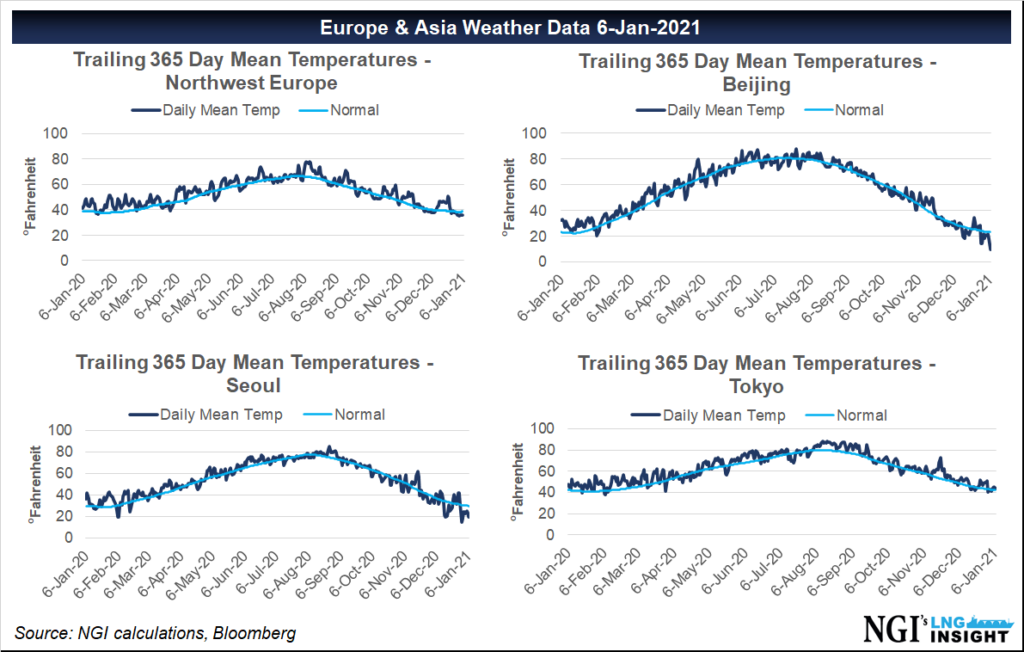LNG | LNG Insight | Markets | Natural Gas Prices | NGI All News Access | NGI The Weekly Gas Market Report
Asia LNG Prices Skyrocket as Buyers Scramble for Supplies Amid Cold Snap, Power Shortages
© 2024 Natural Gas Intelligence. All rights reserved.
ISSN © 1532-1231 | ISSN © 2577-9877 | ISSN © 1532-1266 |



